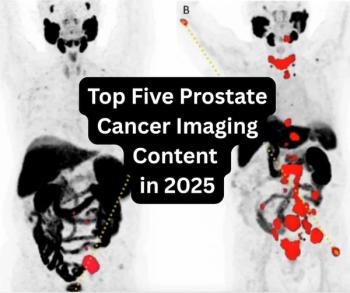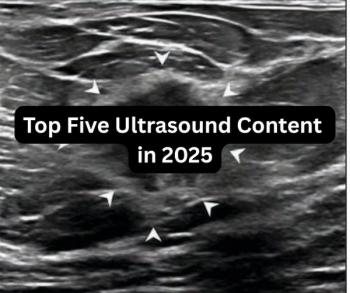
Siemens updates e.soft
Nuclear medicine physicians and technologists at the June annual meeting of the Society of Nuclear Medicine got a taste of the new functionality available on Siemens' e.soft workstation. Among the new standard features are postprocessing, workflow, and
Nuclear medicine physicians and technologists at the June annual meeting of the Society of Nuclear Medicine got a taste of the new functionality available on Siemens' e.soft workstation. Among the new standard features are postprocessing, workflow, and display tools such as e.soft image fusion, a "drag and drop" image display capability, a correlated cursor tool ideal for simultaneously comparing existing data sets, and correlated MIP (maximum intensity projection) and slice display. Also standard are new organ-specific protocols that build on and maximize existing capabilities for cardiac, renal, lung, brain, and parathyroid image processing.
Options include cardiac and general Flash 3D, which delivers advanced image reconstruction for cardiac and general SPECT imaging. Based on an optimized 3D iterative algorithm, Flash 3D reconstructions are performed on the standard e.soft workstation and with enhanced speed on the e.soft turbo workstation. Another option is advanced image fusion software to combine SPECT and PET images with anatomic data sets. An optional e.soft PET package provides Siemens ECAT PET and biograph PET/CT systems with multimodality image display, postprocessing, registration, and fusion functionality. CT-based attenuation correction, which converts diagnostic-quality CT slices to nonuniform attenuation maps, is also available.
Newsletter
Stay at the forefront of radiology with the Diagnostic Imaging newsletter, delivering the latest news, clinical insights, and imaging advancements for today’s radiologists.




























